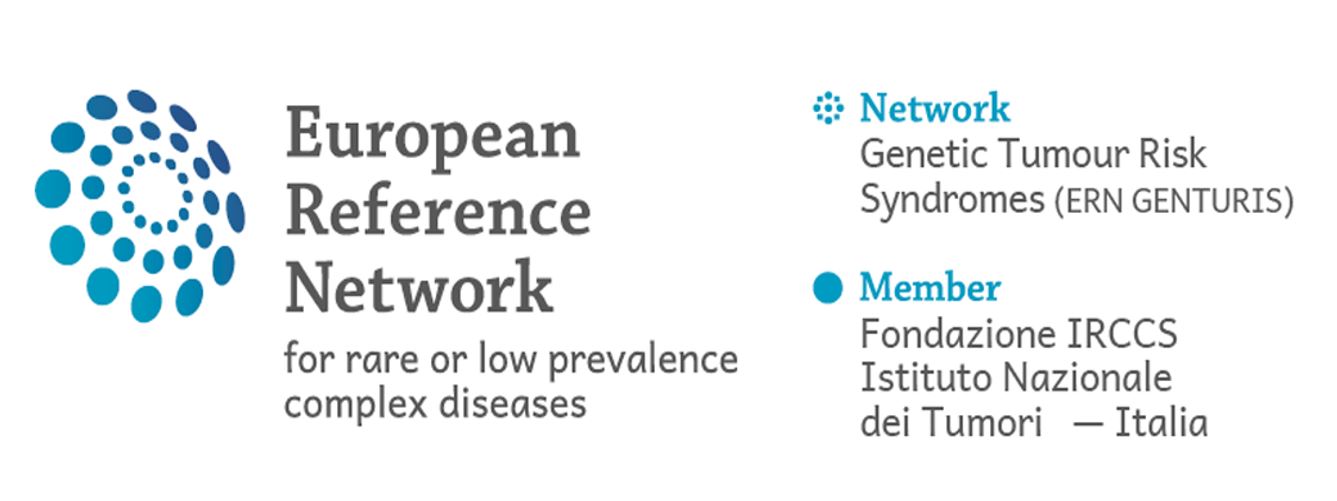EARLY DIAGNOSIS
Early diagnosis
Goal of our translational studies is the implementation of highly sensitive molecular tests that could be used within screening programs to improve both early detection and clinical management of different cancer types. Institutional efforts are ongoing for three major cancer types (colorectal, lung, and breast) which represent the most significant malignancies in terms of clinical and economic burden.
Future outlook
Lung cancer
Biomild trial: Plasma microRNA profiling as first line screening test for lung cancer detection: a prospective study.
This prospective study tests the efficacy of a combined LDCT-MSC approach as first-line screening tests in a large cohort of 4199 smokers, 50 yrs or older, enrolled from March 2013 until January 2016. Follow up is ongoing. Statistical analyses of the results will be concluded within 2018, with a minimum follow up time of 3 years for all subjects and will include evaluation of sensitivity/specificity/Negative Predictive Value (NPV)/ Positive Predictive Value (PPV)/ false positive rate of MSC alone, LDCT alone and their combination as well as association with all clinico-pathological parameters (tumor type, stage, mortality rate).
Breast cancer
While mammography and breast ultrasound scan are the gold of standard for breast cancer (BC) detection, biopsy is still required to prove that abnormal areas by diagnostic imaging are malignant or benign in 10% of women undergoing screening tests. A panel of plasma biomarkers including miRNAs, proteins of tumor extracellular matrix and novel peptides is currently being investigated to test their utility in replacing invasive biopsy procedures by noninvasive discrimination of breast malignant and benign diseases in a prospective mammography and ultrasound scanning clinical series [BABE (BreAst Blood Early diagnosis) study].
Circulating tumor DNA (ctDNA) appears as a sensitive tumor biomarkers able to monitor disease progression and contributing to post-surgical treatment decision making in early BC. In patients with stage I BC we demonstrated the possibility to track in plasma samples the Single Nucleotide Variations identified in the primary tumor. ctDNA was undetectable during the post-surgical follow-up in 16/17 disease-free women up to 160 months of surgery, while it was detectable in 9/10 patients developing local or distant relapse, with a median lead time of 20 months. Based on these results, we are currently carrying out a prospective observational study to confirm the predictive value of ctDNA on local and distant relapse in patients with early and localized triple negative BC.
Colorectal cancer
We have designed a study for the identification of miRNAs in plasma of individuals at higher risk for CRC that resulted positive to the tests for the detection of occult blood in stool (FIT) and had a colonoscopy at INT. We have identified a set of miRNAs that show significantly different expression in subjects with precancerous lesions/CRC compared to subjects without lesions. Results are in validation on more than 1200 FIT+ subjects enrolled among those that had colonoscopy 8 Hospitals participating to the Milan CRC screening program, in addition to INT. The output of this task could allow an estimation of the performance of the miRNAs-based test after a positive FIT-test. A qPCR assay based on the digital PCR technology will be used to technically validate the signatures confirmed on the external validation cohort and set up an easy-to-use kit for their evaluation that could be transferred in the clinical setting. The study will be extended to subjects with Heredo-Familiar CRC who are under close colonoscopic surveillance at INT, who would greatly benefit from a non-invasive test.



















